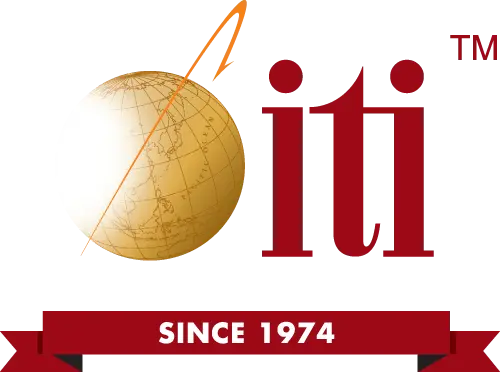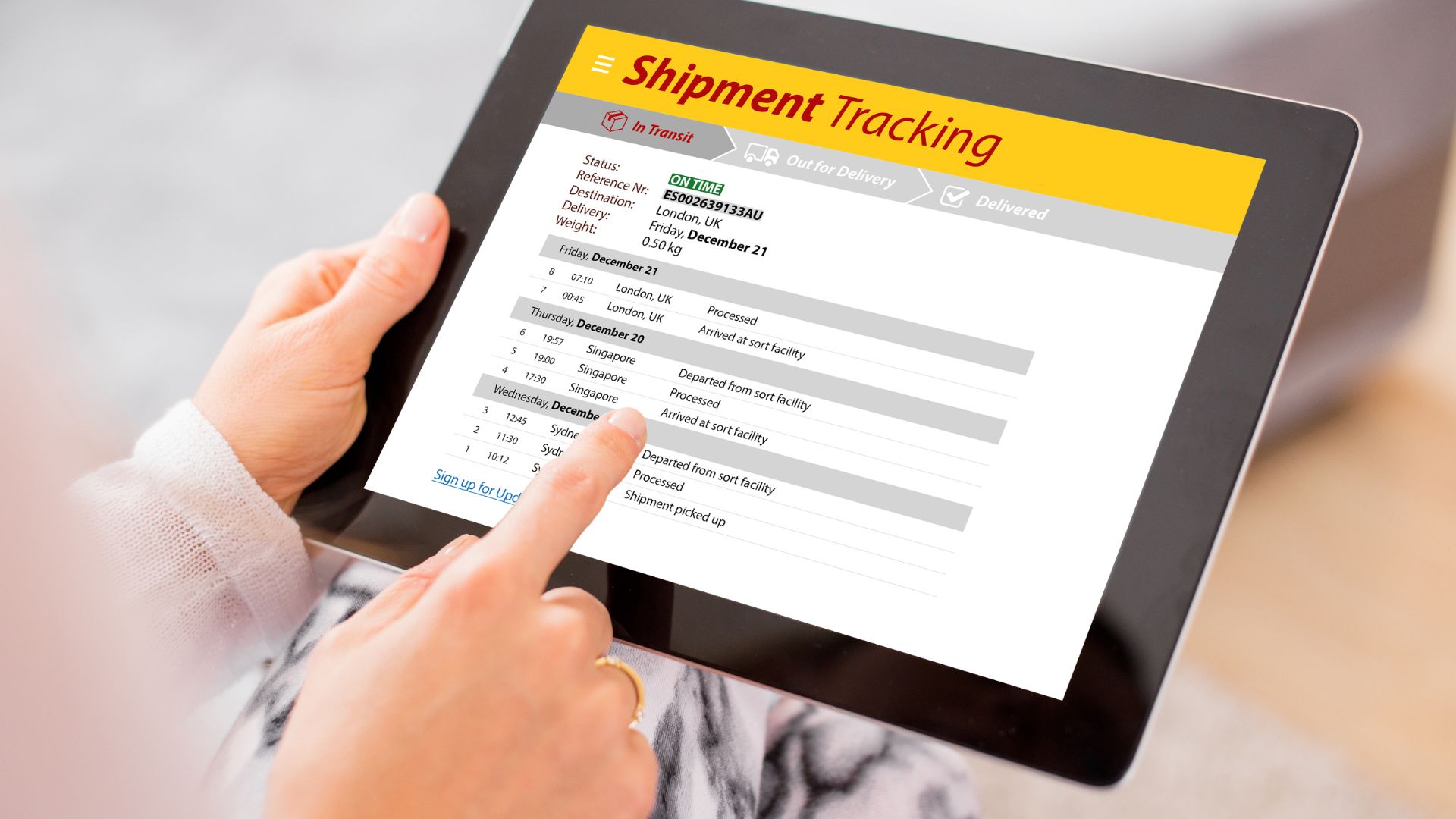A lot of companies’ products are made in other countries, primarily for financial reasons. It is significantly cheaper to have products made in countries like China, since labor costs are, on average, 90% less. Overseas manufacturing is becoming extremely popular, for both small to mid-size companies, and huge corporations. Not everything about having products built or assembled overseas is cheaper, however. One of the biggest expenses is shipping. Parts must be shipped to the country where the products are being built, and the finished products must also be shipped to their destinations.
What Are GRIs?
In 2014 alone, some shipping companies have filed for, and instituted, a General Rate Increase (GRI), over ten times. A GRI is an adjustment of ocean bound freight charges, which is instituted by the shipping companies. It applies to all, or sometimes specific, shipping lanes and lines. The GRI is usually based on the supply and demand of certain routes. An example would be an announcement stating that, effective immediately, all freight charges from the Far East to South Africa will be increased $300, for all containers measuring twenty feet. The same increase would apply to larger containers such as forty feet. The rates for those would go up by $600. GRIs are also sometimes called General Rate Restoration (GRR).
Increases In GRIs
Effective November 15, members of the Transpacific Stabilization Agreement (TSA), put in place a GSI charging an additional $600 per 40 foot container. The TSA has fifteen members, including China Shipping, Cosco, Evergreen, and Maersk Line. Another carrier announcing a recent increase of 4.7% is Con-way Freight. They claim it was instituted to offset the rising costs of doing business. Higher drive pack packages to retain quality drivers, higher regulatory compliance, fleet costs, revenue equipment expenses, and upgrades in technology were the main reasons cited. ABF Freight just rolled out a 5.4% GRI on different shipping routes. UPS Freight will put a 4.9% increase in action beginning December 29th, and FedEx Freight announced its rate will increase by an average of 4.9% starting in early January.
Operating costs for the carriers in the TSA are rising due to heavy congestion at American west coast ports. Shipping lines are racking up costs, paying more for fuel to speed up slower ships, or idling ships that are waiting for an open berth. They are also incurring costs by adding more ships to try and keep up with the heavy demand and busy schedules. TSA members are expected to announce a $1000 per forty-foot container rate increase, set to kick in on December 15. If it goes through, it could be the TSA’s biggest GRI ever.
This, and the other seemingly endless rate increases, will have a huge effect on companies engaging in overseas manufacturing. Companies must know the cost of shipping, in order to set their prices to make up for the additional expense. Unless shipping companies find better ways to trim costs, GRIs will continue to rise, and so will the price of products manufactured in other countries.
Don’t worry, we at ITI know the ins and outs of these frustrating charges and how to work with or avoid them. Ask us about it, anytime!





